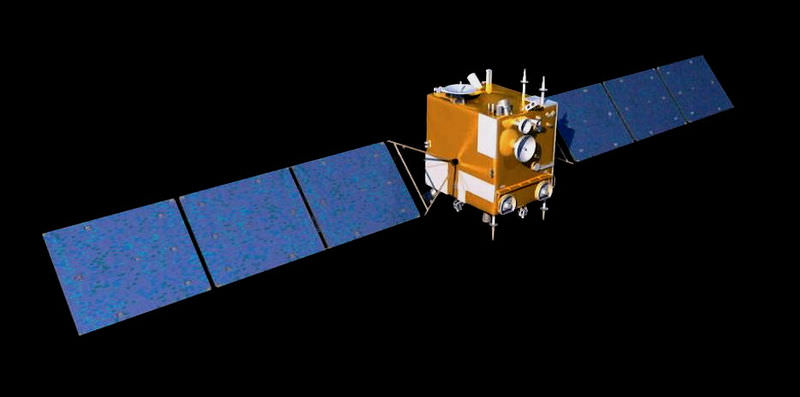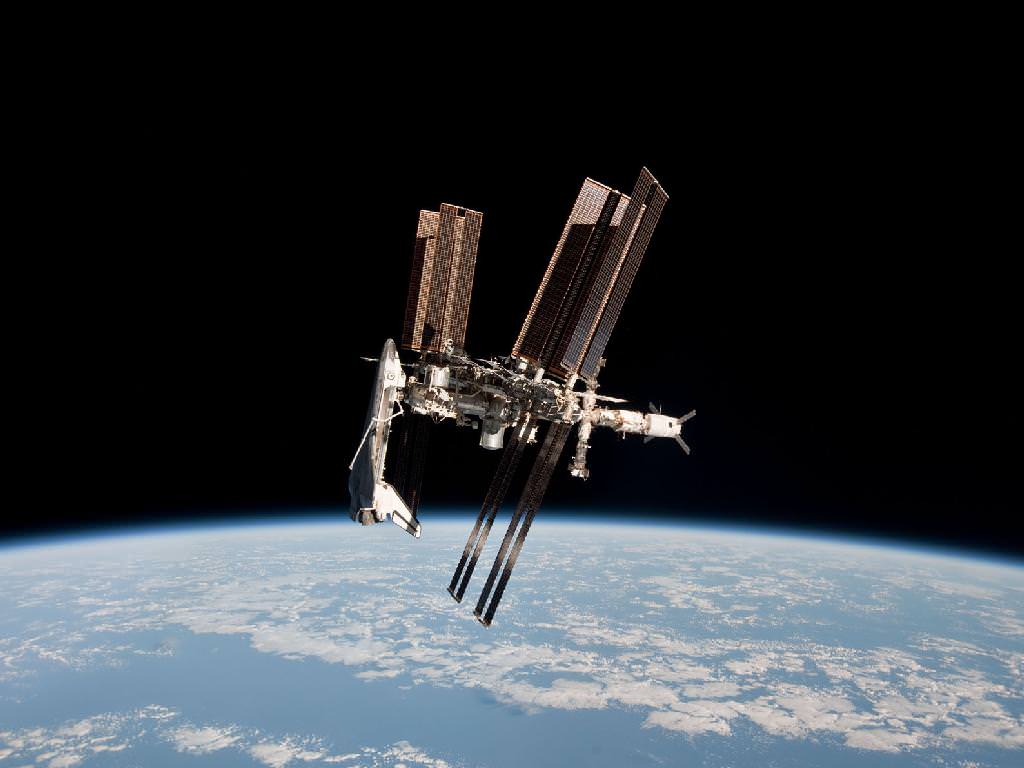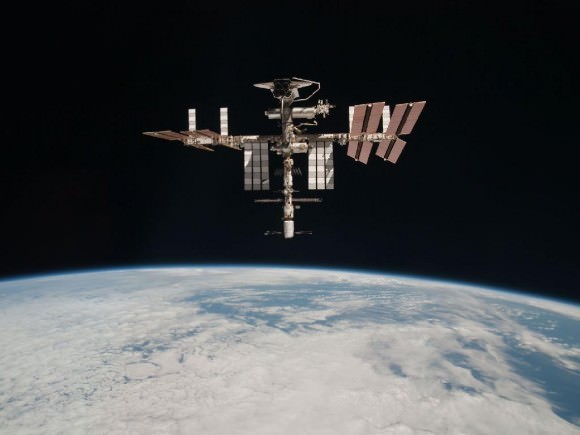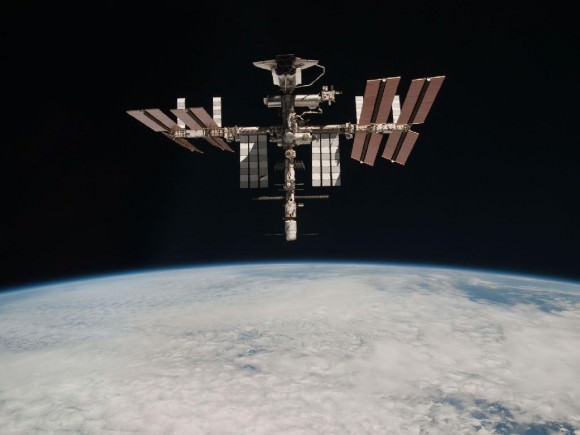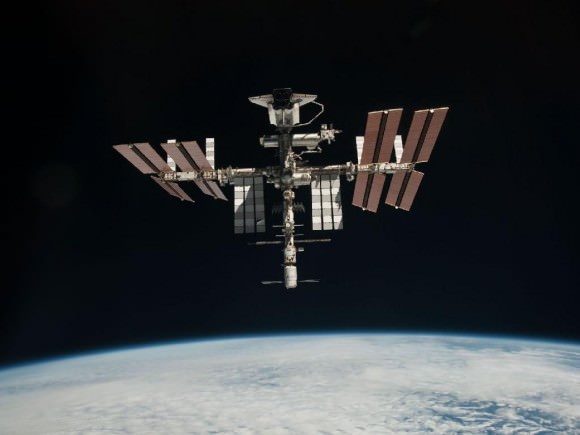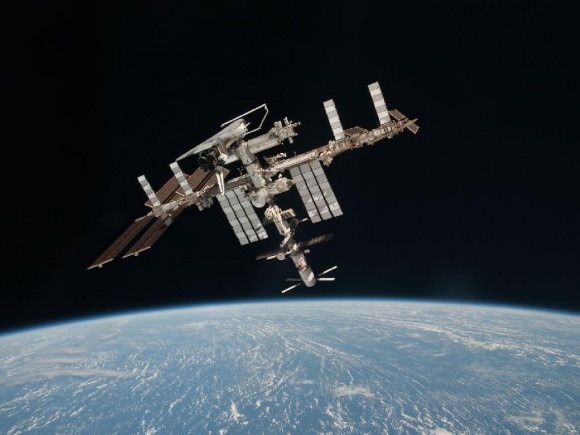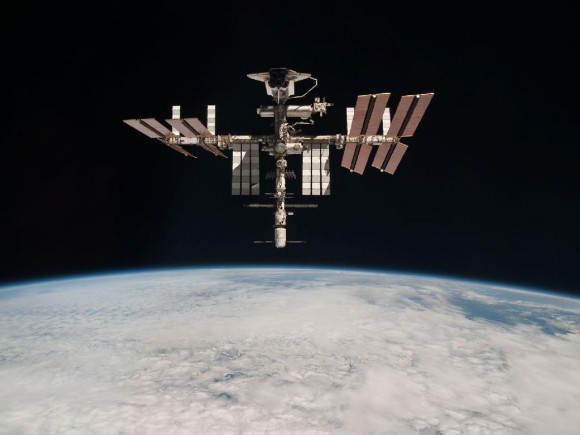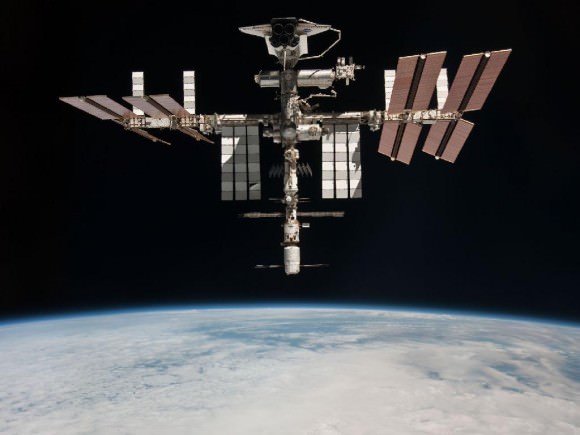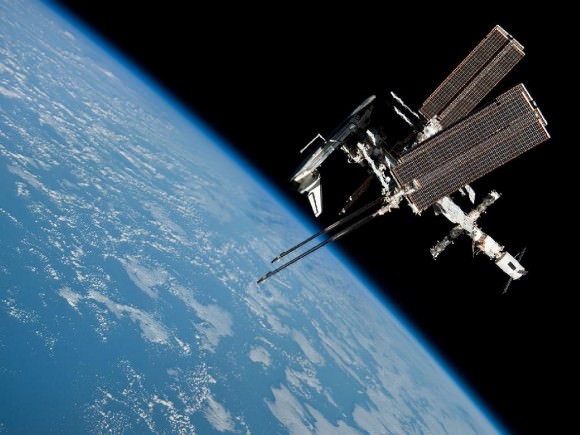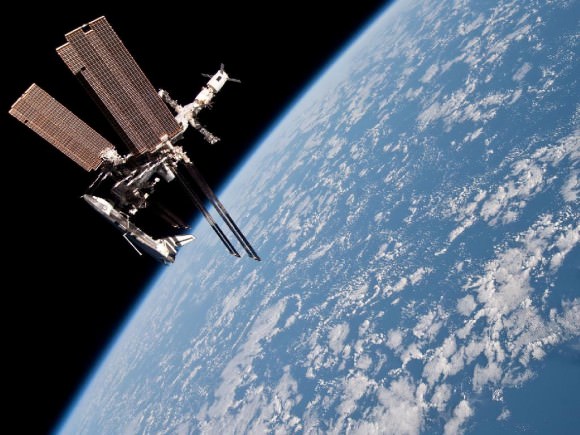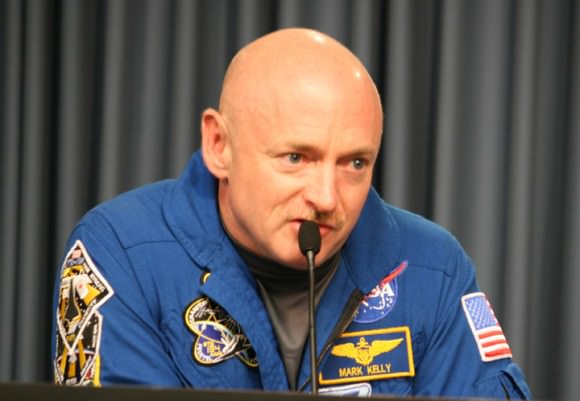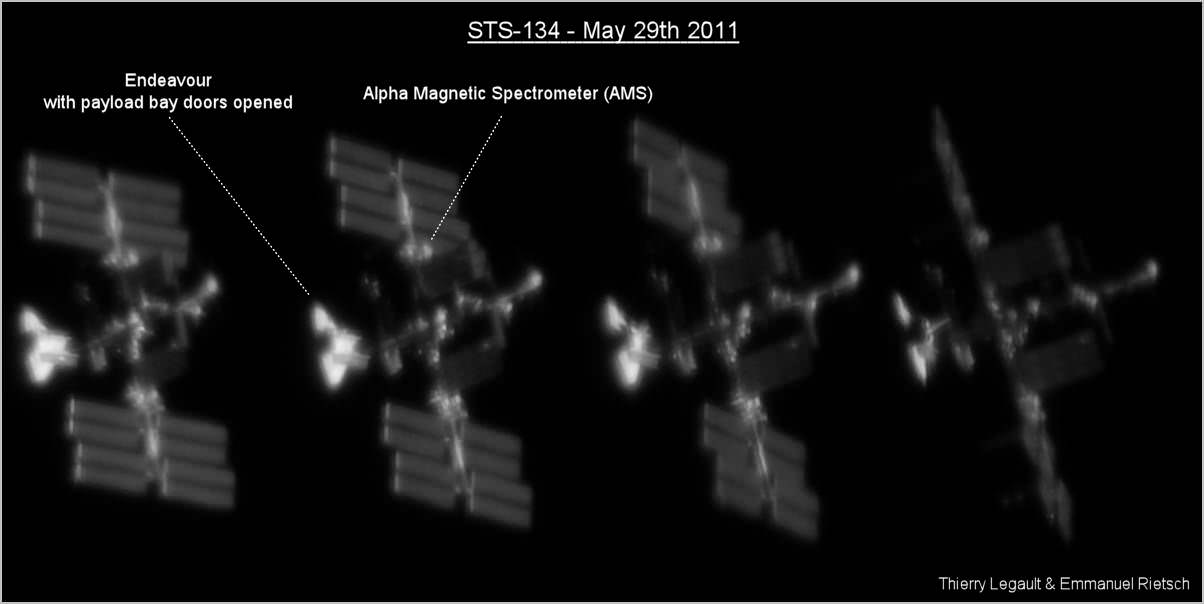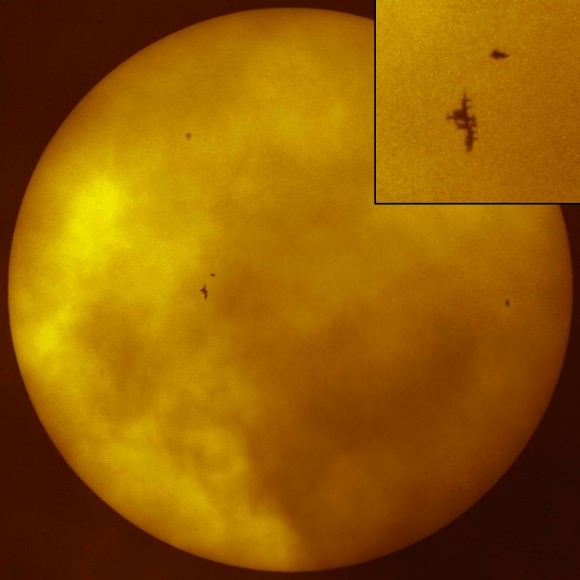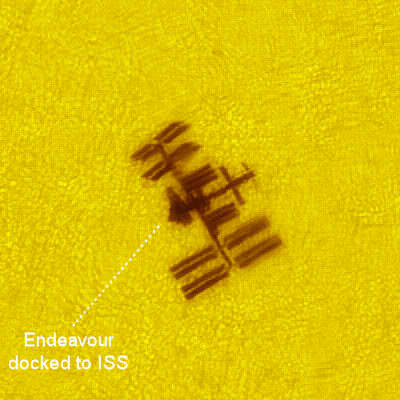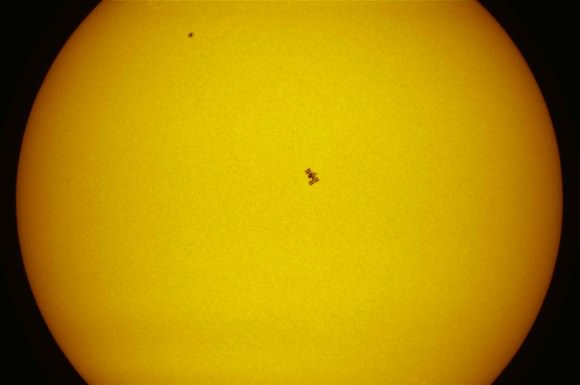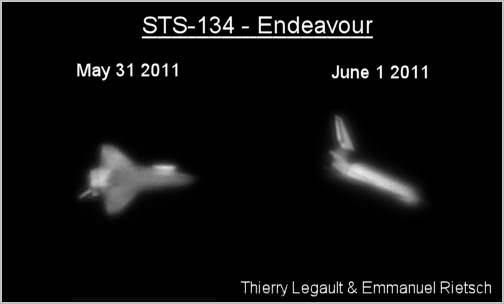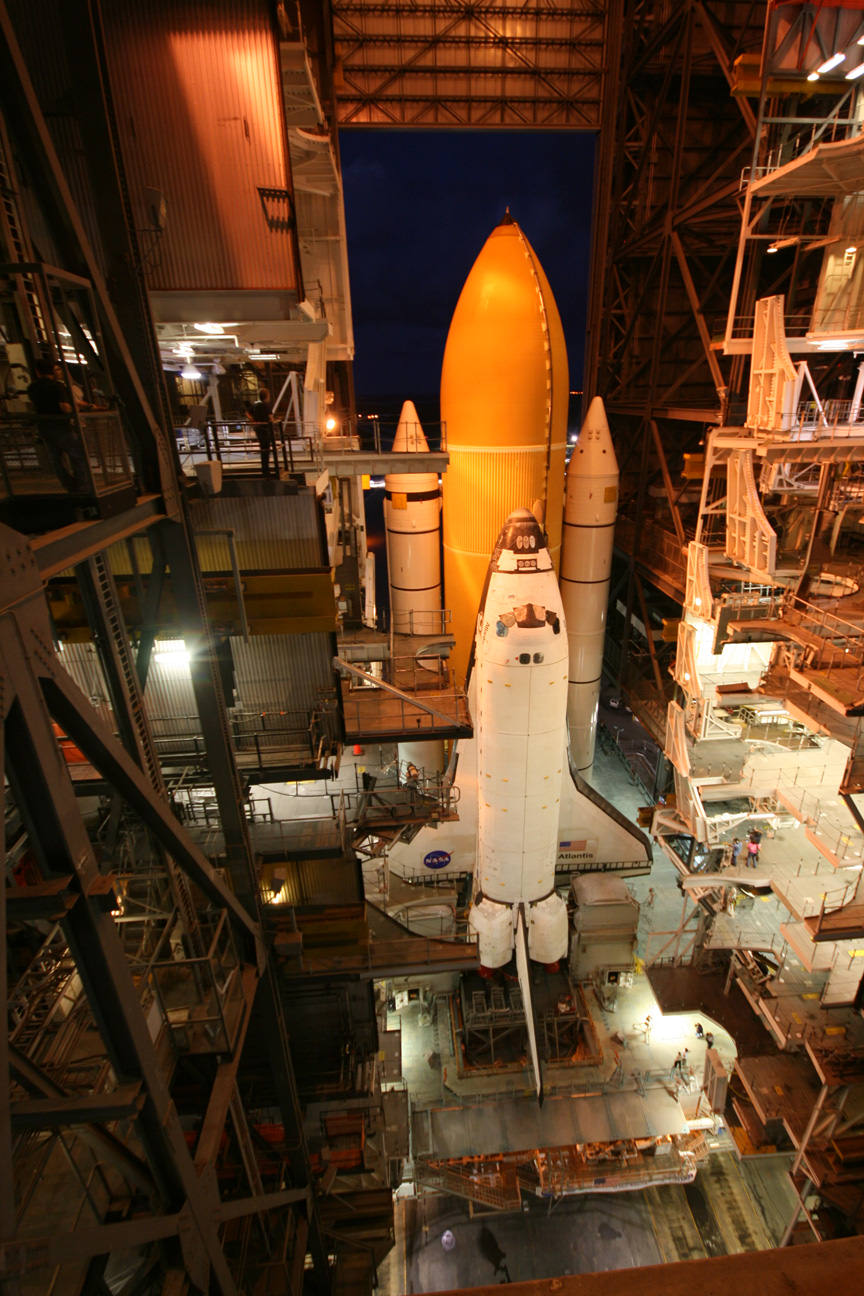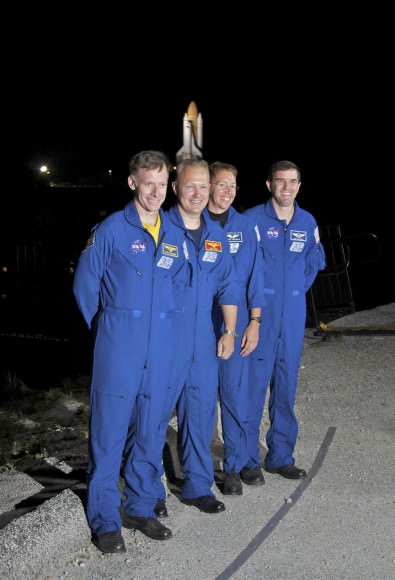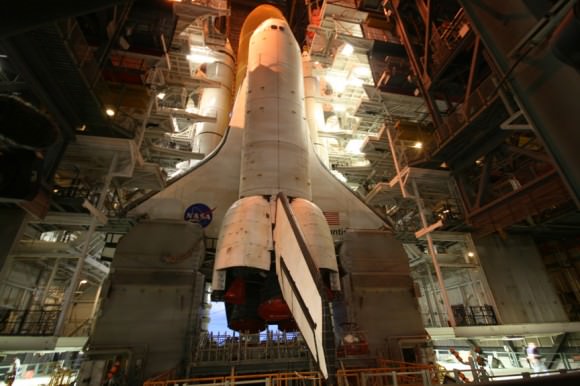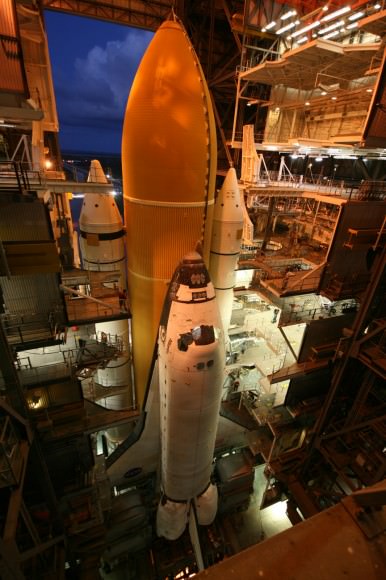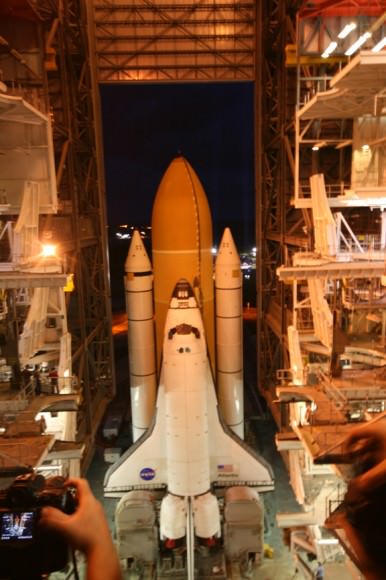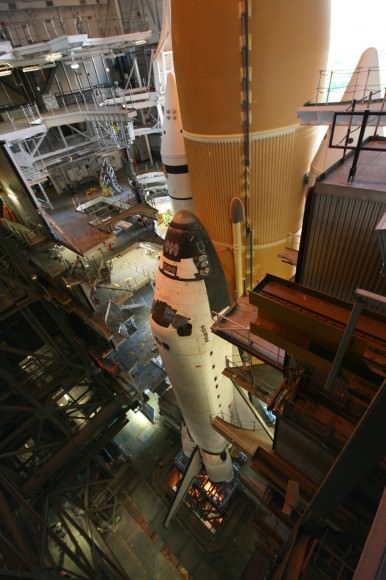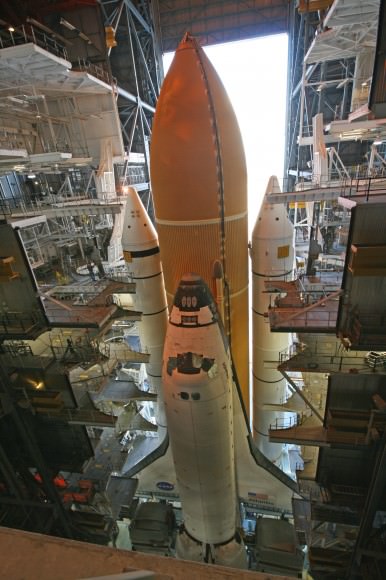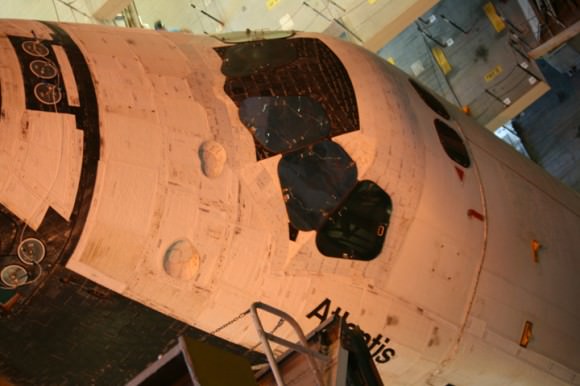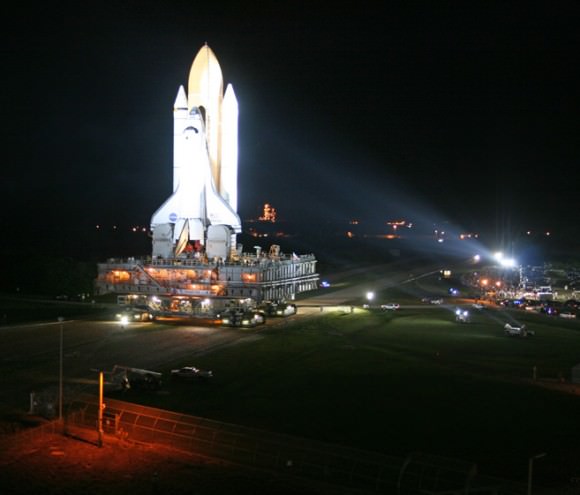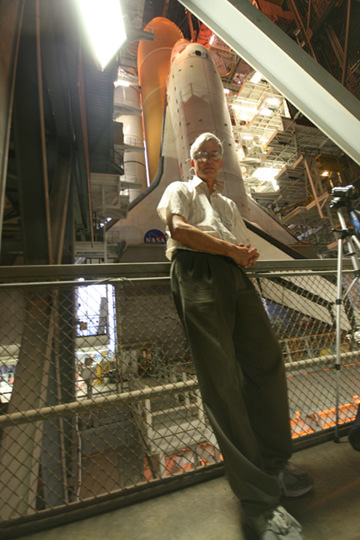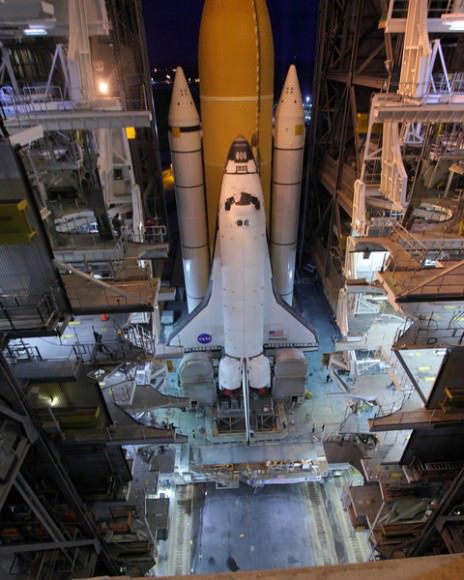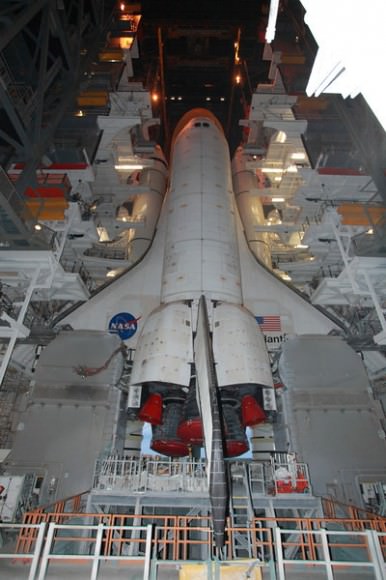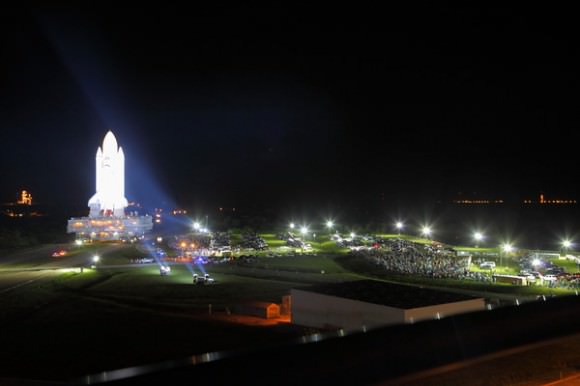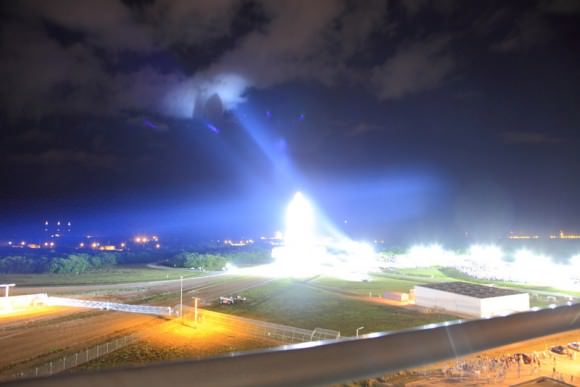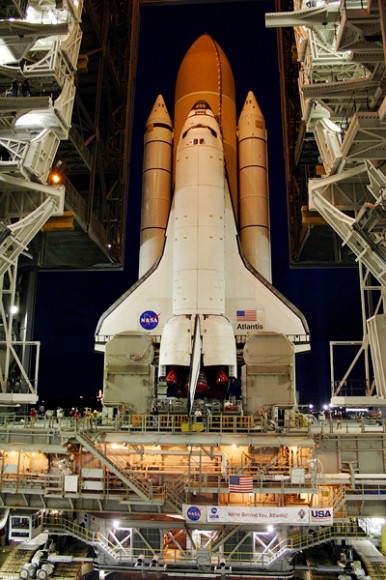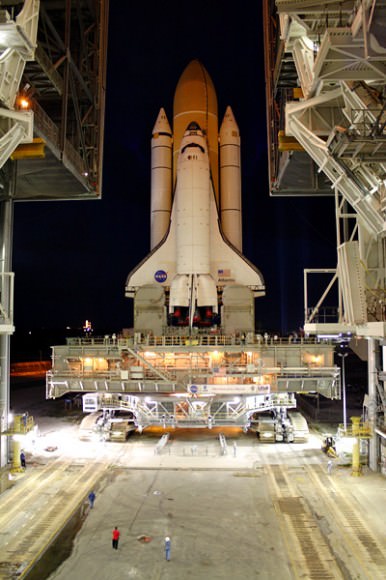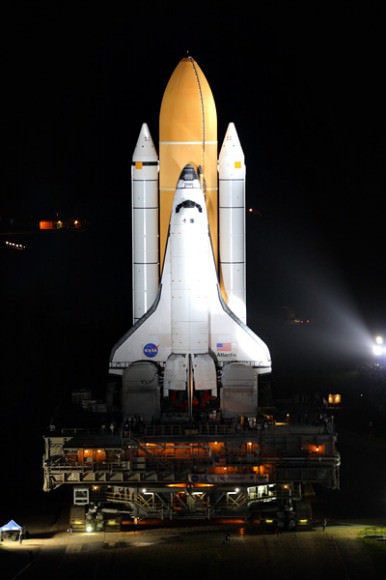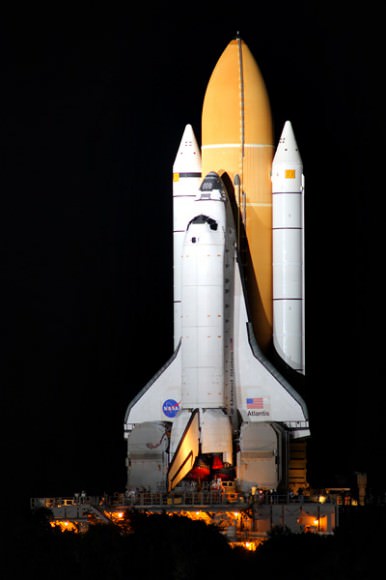[/caption]
On June 9, Chang’e-2, China’s second Moon orbiter, left our nearest astronomical neighborhood and headed out into the solar system. It had successfully completed its missions by April 1 and, thanks to its longevity, had enough fuel in reserve to continue exploring. According to China’s State Administration of Science,Technology and Industry for National Defence (SASTIND), making the trip into outer space from the Moon’s orbit is the major step from five remaining tasks assigned to the diminutive satellite.
“It’s the first time in the world for a satellite to be set off from the Moon in remote outer space,” said Zhou Jianliang, deputy chief engineer of the Chang’e-2 measure and control system of the Beijing Aerospace Control Center (BACC).
China’s technological developments are leaping ahead. While controlling a mission to the Moon 400,000 km away from the Earth is challenging enough, attempting to command a spacecraft from 1.5 million km presents a huge milestone in measure and control, telecommunications, data transaction and orbit design.
Before flying away, Chang’e-2 finished two additional tasks as of May 23. Its first was to take snapshots of the lunar northern and southern pole and the second was to descend into perilune orbit, about 15 km away from the surface. This time to take high-resolution images of the Sinus Iridum – the proposed landing ground for future Moon missions. The completion of satellite’s tasks has Chinese scientists smiling and hoping things continue well towards the end of next year.
“We are developing outer space measure and control stations in outer space and they will be capable to carry out tasks by the end of the second half next year,” said an SASTIND scientist, who declined to be named. “At that time, the satellite can be used to test the two stations’ functions.”
But the road ahead for Chang’e-2 isn’t going to be an easy one, simply because the satellite wasn’t designed to do what it is now doing. Extended distances mean unexpected problems with communication and control, but the little “Moon Goddess” just may be up to the task.
Original Story Source: China News.

